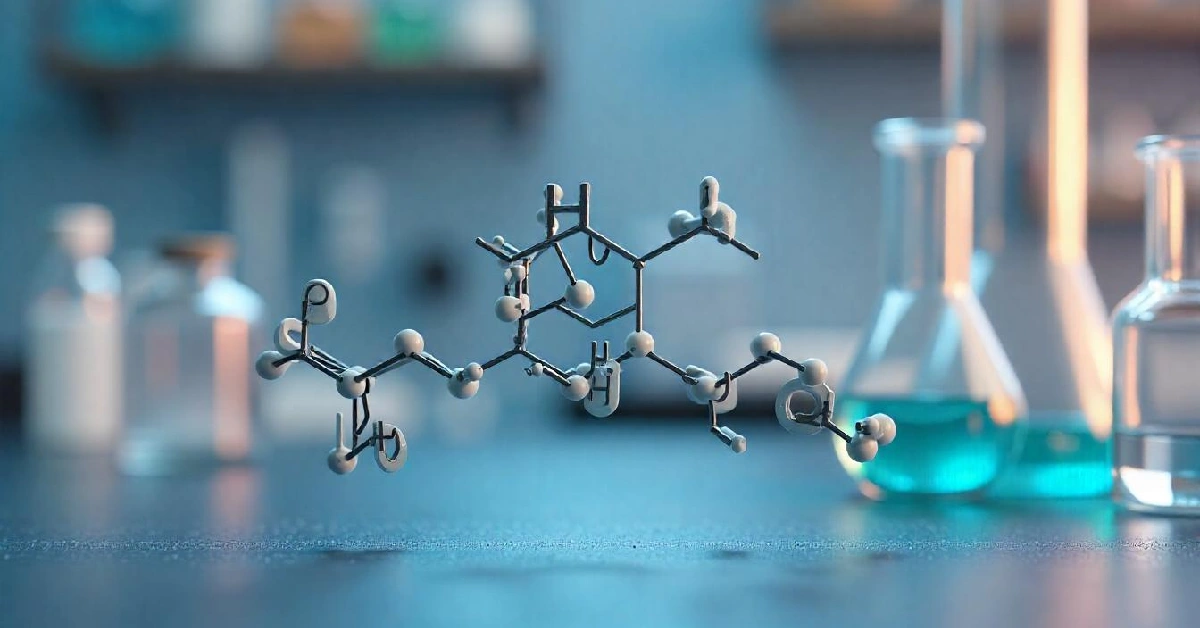At first glance, the expression hcooch ch2 h2o might appear cryptic. Yet behind this abbreviation lies a fascinating network of molecular interactions. It reflects the chemical behaviors of formic acid (hcooh), methylene units (ch2), and water (h2o). Whether in laboratory research, green chemistry, or industrial innovation, this trio of components plays a significant role in energy systems, organic synthesis, and material science.
In this guide, we explore the core chemistry, molecular behavior, practical protocols, and future potential of hcooch ch2 h2o systems—written for chemists, engineers, and curious readers alike.
The Basics of hcooch ch2 h2o
To understand the concept, break it down into its fundamental parts:
-
Formic Acid (hcooh): A small, naturally occurring carboxylic acid widely used as a reducing agent, solvent, and chemical intermediate.
-
Methylene (ch2): A reactive one-carbon group that can act as a linker or intermediate in many organic reactions.
-
Water (h2o): A universal solvent that facilitates acid-base reactions, stabilizes ions, and mediates thermal regulation.
Together, they create a versatile reactive environment found in synthetic chemistry and emerging fuel technologies.
Molecular Structure and Behavior of hcooch ch2 h2o
Although hcooch ch2 h2o is not a single molecule, it represents a reactive mixture with synergistic properties. Here’s how the components interact:
-
Formic acid donates protons to activate electrophilic centers or stabilize transition states.
-
Methylene units can insert into double bonds or couple with carbonyl compounds, forming new linkages.
-
Water molecules form hydrogen bonds, regulate pH, and stabilize polar intermediates.
In solution, these entities often create transient complexes that promote redox transformations, hydrolysis, and carbon carbon bond formation.
Key Reactions Involving hcooch ch2 h2o
The reactivity of hcooch ch2 h2o spans several categories of organic and inorganic reactions:
Hydration and Dehydration
Water adds or removes from carbon centers, especially in reactions involving unsaturated methylene groups, with formic acid acting as a mild acid catalyst.
Redox Reactions
Formic acid serves as a hydrogen source in reductions. In some systems, it donates electrons to reduce metal ions or activate organic substrates. This makes it valuable in mild catalytic hydrogenations.
Condensation and Chain Extension
The methylene unit enables coupling between carbonyls, forming larger molecules such as polyols or resins. These processes benefit from the acidic aqueous environment provided by formic acid and water.
Industrial Uses of hcooch ch2 h2o
Textile and Fabric Treatment
Formic acid solutions are used to fix dyes in textile manufacturing. When paired with methylene crosslinkers, the treatment becomes more durable, improving color retention and wash resistance.
Latex and Rubber Processing
Formic acid in water facilitates latex coagulation. Methylene additives help control the polymer structure, affecting elasticity and resistance.
Formic Acid Based Fuel Cells
In energy applications, this trio plays a role in direct formic acid fuel cells. Here, formic acid acts as the hydrogen carrier, methylene fragments adjust membrane interfaces, and water conducts protons and dissipates heat.
These applications reflect the growing importance of sustainable, low emission alternatives across multiple sectors.
Laboratory Techniques Using hcooch ch2 h2o
pH Optimization
Aqueous mixtures of formic acid with methylene precursors require pH control between 2 and 4 for optimal reaction efficiency.
Catalyst Testing
Metal catalysts like palladium or copper are tested in these mixtures to study reductions and carbon coupling. Reactions are monitored using techniques like gas chromatography and mass spectrometry.
Polymer Development
Polymer chemists use multifunctional methylene compounds in this mixture to build resins with precise thermal and mechanical properties.
Environmental and Safety Considerations
Corrosive Nature
Formic acid is corrosive and must be handled with care. Wear gloves, lab coats, and eye protection when working with hcooch ch2 h2o systems.
Volatility of Methylene Compounds
Some methylene intermediates are volatile and reactive. Use proper ventilation, preferably in a fume hood, during reactions.
Waste Treatment
Always neutralize acidic mixtures before disposal. Extract unreacted organics and avoid releasing untreated waste into the environment to prevent harm to aquatic life.
Future Research Directions
Nanoscale Reaction Control
Scientists are embedding hcooch ch2 h2o systems into nanoporous frameworks to control reaction rates and selectivity at the molecular level.
Biomimetic Catalysis
New catalysts inspired by natural enzymes use water, formic acid, and methylene analogs to perform clean oxidation reactions under mild conditions.
Circular Chemistry
Emerging processes are focused on capturing CO2 to regenerate formic acid and using electricity to generate methylene reagents—creating a closed loop system for sustainable chemical manufacturing.
Conclusion
The chemical behavior encapsulated in hcooch ch2 h2o reflects the power of molecular synergy. Whether it’s formic acid fueling redox reactions, methylene building molecular bridges, or water orchestrating the environment, their combined action unlocks new possibilities in research and industry.
From textiles to fuel cells, and from lab synthesis to circular chemistry, understanding and applying this unique combination of components offers a path toward smarter, safer, and more sustainable innovation.
